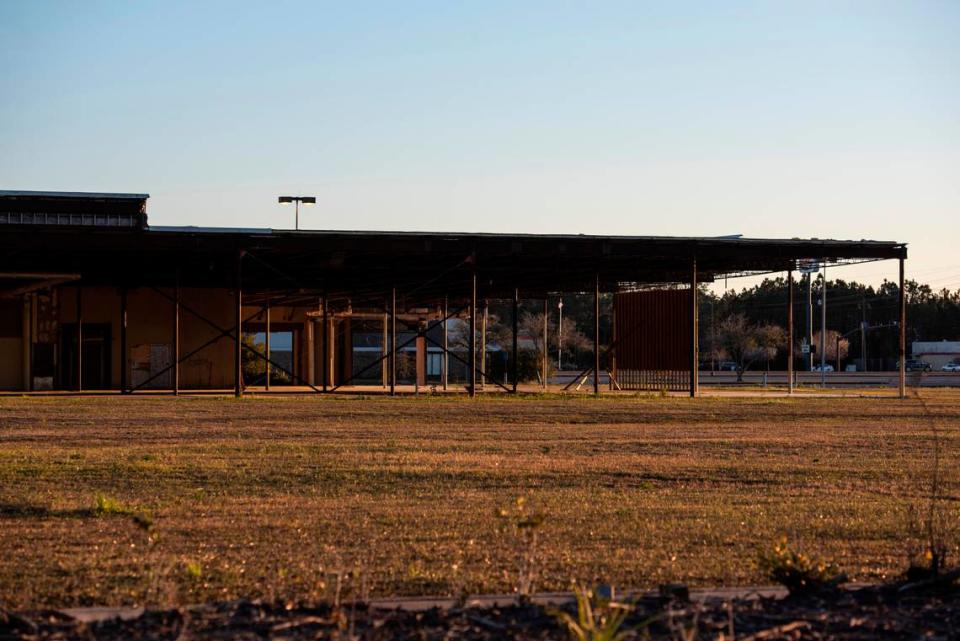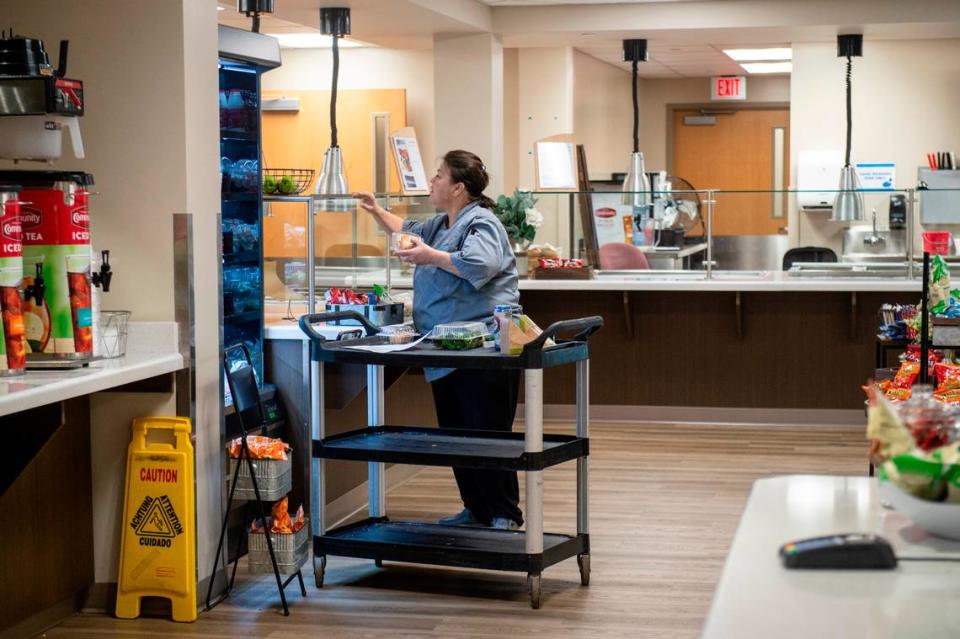State overspent BP money, mostly on Gulfport roads. Where South MS projects stand now
Reality Check is a Sun Herald series holding those in power to account and shining a light on their decisions. Have a suggestion for a future story? Email mynews@sunherald.com.
The Mississippi Legislature ran out of BP money to spend this year on economic development projects for South Mississippi.
Legislators doled out $32 million to $49.5 million a year in the first three years of the Gulf Coast Restoration Fund, designated for projects in Mississippi’s six southernmost counties. They funded everything from a new public safety building in Bay St. Louis to a wood pellet manufacturing plant in George County.
But legislators spent $66.4 million from the fund in 2023, which included a transfer of $15.4 million in GCRF money to a special Gulfport Commerce Corridor fund for road construction in the city, legislative records show. The project was approved at the last minute and was not included in the 2023 GCRF spending bill, said Rep. Manly Barton of Moss Point.
Instead, the funding came after the Legislature rejected a bill that would have provided Gulfport with $25 million for the project from the state’s general fund.
The same Gulfport project received $4.6 million in the regular 2023 bill that funds GCRF projects, bringing total funding to $20 million, the most ever budgeted in a single year for one GCRF project.
Spending left GCRF with only $3 million for 2024, according to the Legislative Budget Office. Barton said the Legislature decided to let the fund build back up and revisit projects for 2025.

Gulfport working on commercial roads
The Gulfport Commerce Corridor funding will be used to connect Canal Road to U.S. 49, the city’s busiest shopping area. The city’s sportsplex, multiple hotels and restaurants also are located just north of Interstate 10 between Canal and 49. Mayor Billy Hewes said he hopes the road work the Legislature funded can begin within a year. He said major retailers are interested in the area.
The work is controversial because of all the wetlands involved and the fear that minority neighborhoods to the south will flood, said Councilwoman Ella Holmes-Hines. But other city officials say the area needs road improvements to support commercial development and relieve traffic congestion.
Most of the money for the Gulfport Commerce Corridor came out of what legislators refer to as a transfer bill. The bill moved money from various places to cover spending
It crammed more than $370 million for “various entities to fund more than 350 separate and distinct projects across the state,” Gov. Tate Reeves noted before signing. He questioned whether the bill was even legal, but noted that he signed the legislation, vetoing a few items, because it included critical needs..
“That was a little surprise,” Barton said. “When I first found out about it, I wasn’t happy.” Barton said he doesn’t think legislators will be moving GCRF money like that in the future. He said another legislator commented, “They may have the authority, but they didn’t have the right.”
Legislators also spent more out of the GCRF money in 2023 to fund site preparation projects for development in several counties, Barton said.

How restoration funding is supposed to work
Legislators have never adhered to the letter of the law they set up to govern GCRF spending.
Any funding requests, whether from local governments, nonprofits or private businesses, are supposed to go through an application process. An advisory board of South Mississippi business leaders then spends months vetting the projects, with staff support from the Mississippi Development Authority.
The board then submits its recommendations for funding ahead of annual legislative sessions. MDA submits a separate list of recommendations to legislators. For 2024, the Gulf Coast Restoration Fund Advisory Board recommended 22 projects, while MDA suggested 8. The Gulfport Commerce Corridor was not on either list.
In the end, the Legislature is under no obligation to follow the recommendations of the advisory board or MDA, and has each year funded projects that either aren’t recommended or never had an application submitted. In fact, the city of Gulfport’s official application for commercial corridor funding requested $8 million, not $20 million.
Barton believes its a good time for the Legislature to reassess how the GCRF money is being spent. He pointed out that some of the projects funded over the years have not even started. The Legislature has talked about pulling funding from some of those projects, but chose not to do so in 2024.
Their stance could change in 2024.
“It wasn’t a bad idea to hit pause,” Barton said. “It wasn’t a bad time to reset and see where everything is. The only disappointing thing was that we did have some projects we didn’t get to finish this year. “
Ironically, one of those was a Gulfport project, a town center planned at U.S. 49 and 90.

